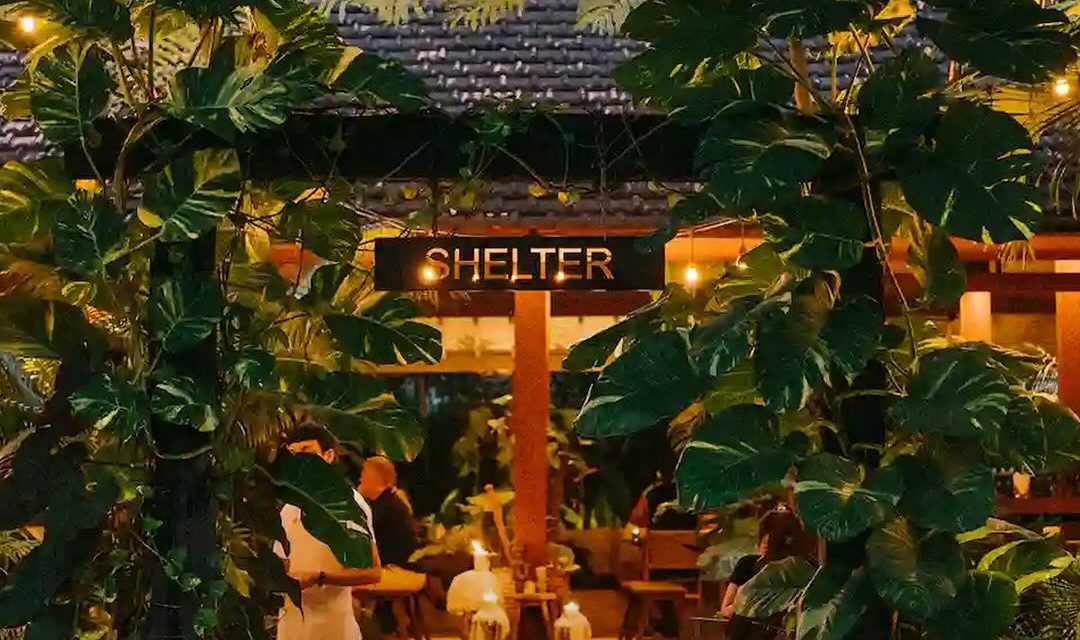Ah, Ubud! The cultural heart of Bali, where the vibrant green rice fields peacefully blend into the backdrop of ancient traditions and modern artistry. When we talk about Ubud, we often think of yoga retreats, exquisite art galleries, or relaxing massages with fragrant oils. But underneath all that tranquility lies a rich tapestry of storytelling that is woven into the very fabric of Balinese ceremonies. These stories are not just mere words; they embody centuries of culture, spirituality, and collective memory.
My First Experience with Balinese Ceremonies
I still remember my first experience attending a Balinese ceremony in Ubud. My friend who lived there gave me a heads-up: “You’ll love it! Just be prepared to be wrapped up in the stories.” With a mix of excitement and slight trepidation, I ventured into the bustling village where all the sights and sounds seemed to swirl with life.
As I walked through the streets, the aromas of incense, exotic flowers, and the unmistakable scent of Balinese cooking enveloped me. I followed the sound of gamelan music, which led me to a vibrant ceremony in a nearby temple. What struck me immediately was how storytelling was seamlessly interwoven into everything that took place.
The Role of Storytelling in Balinese Ceremonies
Balinese ceremonies are a celebration of life, death, and everything in between, deeply embedded with the art of storytelling. Traditionally, these stories are passed down through generations, echoing historical events, mythologies, and the spiritual beliefs of the Balinese people.
During the ceremony, I noticed that the rituals were often accompanied by narrations that depicted tales of gods and demons, the struggles between good and evil, and the universe’s balance. These weren’t just stories; they were live enactments of the Balinese worldview. I felt like I was being transported to another realm as the performers dressed in elaborate costumes began to articulate these age-old tales through dance and drama.
The Dance of Life
One vivid memory stands out: a group of young girls dressed in colorful, flowing garments, each motion graceful yet deliberate. They told the story of Dewi Sri, the rice goddess, who brings fertility and abundance to the land. As they danced, you could feel the audience—locals and tourists alike—held captive by the storytelling.
Hand gestures, facial expressions, and rhythm all played a vital role in conveying the narrative. I watched as a man sitting next to me, a local, whispered the story’s significance to his child, reinforcing how storytelling transcends generations and keeps culture alive. It was heartwarming to see this connection, one that I realized is deeply personal and communal.
Unique Insights into Balinese Storytelling Traditions
What’s particularly fascinating about storytelling in Ubud’s ceremonies is the emphasis on community involvement. Each performance isn’t just a solitary act; it’s a mosaic created by many hands, each contributing a piece of the story to the whole.
An Interactive Experience
For instance, there was a moment where the audience was encouraged to participate by clapping or repeating phrases. This allowed everyone, regardless of their Bali background or language skills, to be a part of the story. It felt inclusive—almost like we were all characters in this living narrative.
Practical Advice: Embrace the Experience
If you find yourself attending a Balinese ceremony in Ubud, here’s my personal advice: don’t be afraid to immerse yourself fully. Engage with the performances, observe meticulously, and, if the opportunity arises, ask a local to share the nuances behind the stories being told. This will deepen your understanding and appreciation of their rich cultural heritage.
Bringing Storytelling Traditions into Your Life
As I reflect on that day in Ubud, I realize that the storytelling traditions I witnessed are more than a Balinese tradition; they offer valuable lessons that can enrich our daily lives. Here are some ways you can incorporate storytelling into your own experiences:
1. Gather Stories: Invite your family or friends for a storytelling evening. Share personal anecdotes or family history—as a unifying and bonding experience.
2. Explore Cultural Ceremonies: Attend local cultural events in your area. Just as in Bali, these performances often tell significant stories that may resonate with your own life experiences.
3. Create Your Own Rituals: Integrate storytelling into your daily routines. For example, share a story before a meal or at bedtime. It can become a cherished family tradition, enriching your connection with each other.
Closing Thoughts
Whether you are a seasoned traveler or plan to visit Ubud for the first time, the storytelling traditions embedded in Balinese ceremonies are something to experience, appreciate, and reflect upon. They offer a glimpse into the soul of a culture that values storytelling as a means of preserving identity, fostering community, and celebrating the cycle of life. So, the next time you find yourself in Ubud, take a moment to listen to the stories being told—not just with your ears, but with your heart. After all, storytelling is a universal language, one that connects us all, no matter where we come from.






